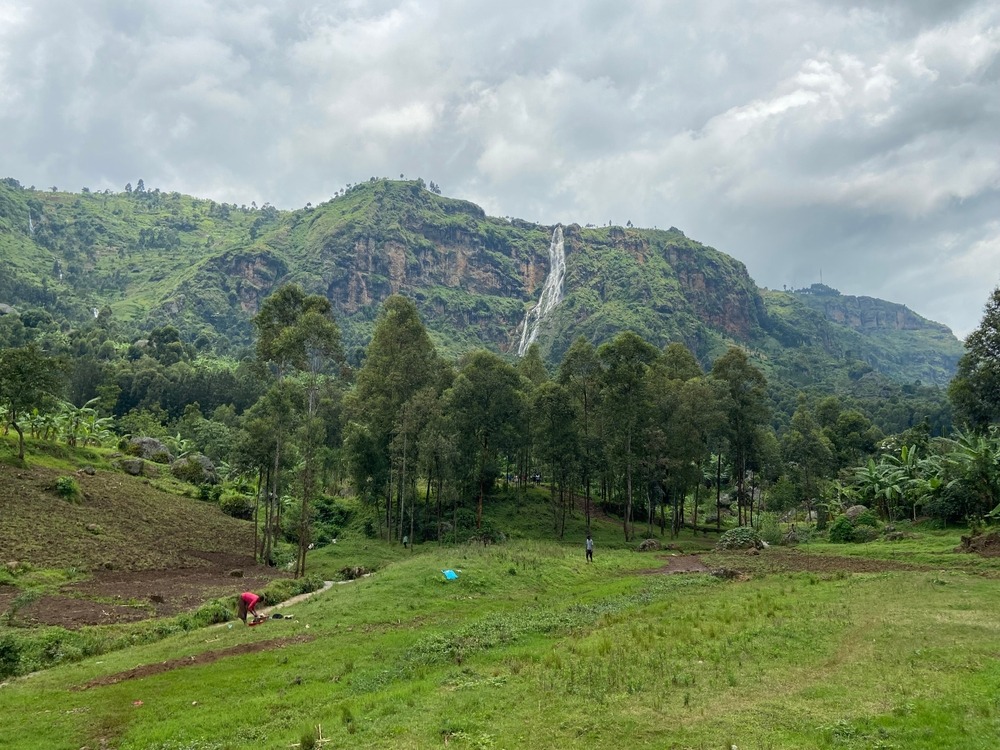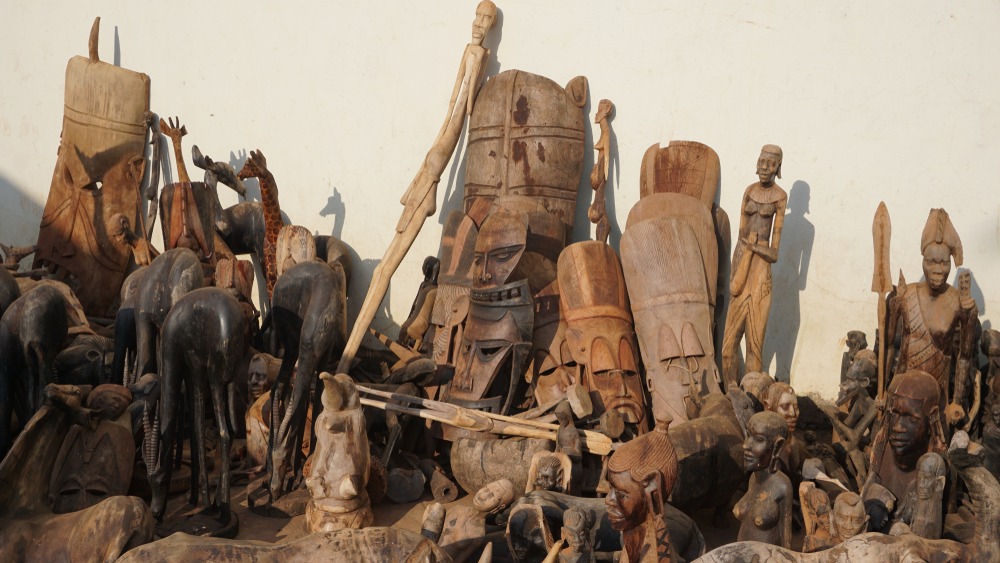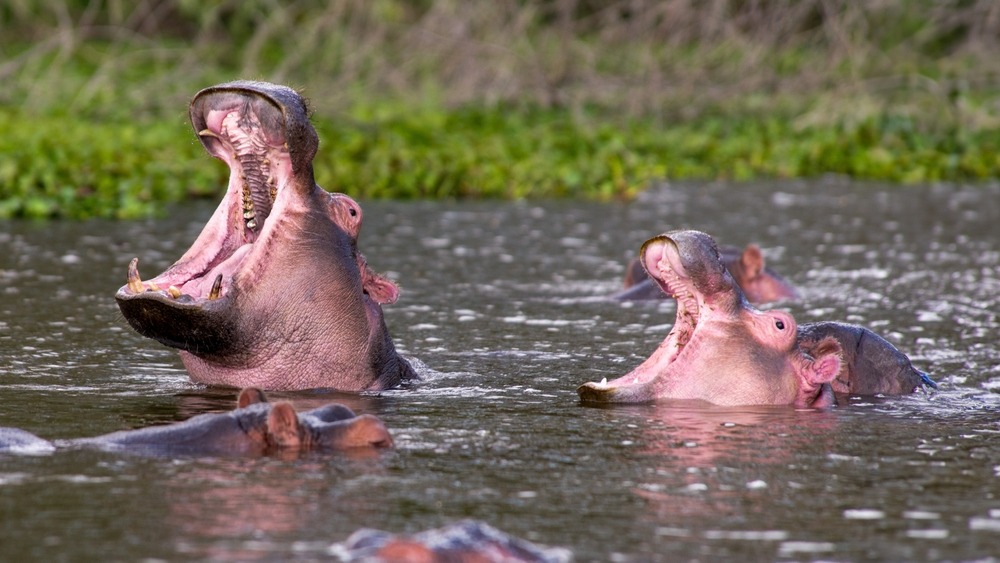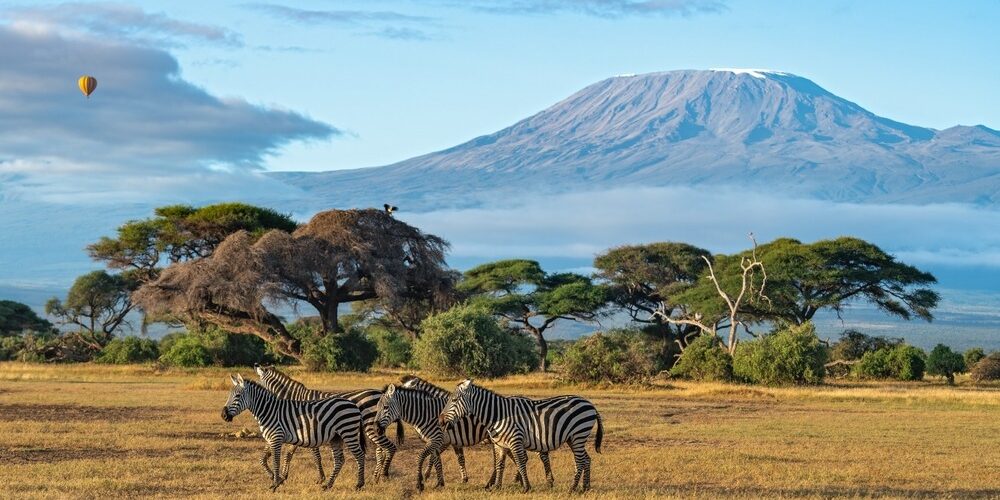Sacred Sites and Attractions in Kenya: A Journey Through Nature and Spirituality
Kenya is a land of breathtaking landscapes and profound cultural heritage, where natural wonders intertwine with sacred traditions. Its diverse terrain, rich biodiversity, and cultural tapestry make it a haven for those seeking both spiritual solace and awe-inspiring adventures. Sacred forests, rivers, mountains, and temples stand as testaments to Kenya’s deep connection to nature and spirituality. Below is an exploration of Kenya’s most revered sacred sites and natural attractions.
Sacred Mountains: Guardians of the Sky

Mount Kenya: The Sacred Throne of Ngai
Mount Kenya, the second-highest peak in Africa, is not only a natural marvel but also a deeply sacred site for the Kikuyu people. They believe the mountain is the home of Ngai, the god of creation, and refer to it as Kirinyaga, meaning “place of brightness.”
- Cultural Significance: Kikuyu traditions hold that prayers and offerings made while facing Mount Kenya bring blessings, protection, and guidance. The mountain’s peaks are seen as a physical manifestation of the divine.
- Attractions: Mount Kenya National Park, a UNESCO World Heritage Site, offers opportunities for trekking, wildlife viewing, and exploring high-altitude lakes.
- Spiritual Experiences: Travelers can join local guides to learn about Kikuyu rituals and the mountain’s spiritual history.
Mount Elgon: A Natural Cathedral
Located on the Kenya-Uganda border, Mount Elgon is known for its massive caldera and ancient caves, which are considered sacred by local communities.
- Cultural Significance: The Ndorobo people use Kitum Cave for ceremonies and consider the site a spiritual portal. The caves are also home to rare salt-mining elephants.
- Attractions: Hiking trails, waterfalls, and the unique geology of Kitum Cave offer a serene connection to nature.
Sacred Forests: Sanctuaries of Biodiversity and Belief
Kakamega Forest: The Last Rainforest
Kakamega Forest, Kenya’s only tropical rainforest, is an ecological treasure and a spiritual refuge. The forest is rich in rare flora and fauna, including ancient fig trees and endemic bird species.
- Cultural Significance: Local communities believe the forest is inhabited by spirits and use specific trees for traditional rituals and healing practices.
- Attractions: Guided forest walks, bird-watching, and visits to ancient trees revered as spiritual landmarks.
Kaya Forests of the Mijikenda
The Kaya forests along Kenya’s coast are sacred groves preserved by the Mijikenda people, who view them as ancestral homelands and spiritual sites.
- Cultural Significance: These forests are protected by spiritual elders known as the Kaya Council, who perform rituals to honor ancestors and ensure community well-being.
- UNESCO Recognition: The Kaya forests are a UNESCO World Heritage Site for their cultural and ecological importance.
- Attractions: Visitors can explore the mystical groves while learning about Mijikenda traditions and conservation efforts.
Sacred Rivers and Waterways: Life-Giving Forces
River Gura: A Spiritual Source
Flowing through the Aberdare Range, the River Gura is one of the most revered waterways in Kenya. Known for its pristine waters and roaring cascades, it holds spiritual significance for surrounding communities. It is one of the most visited attractions in Kenya.
- Cultural Significance: Rituals performed along the river’s banks are believed to cleanse individuals of negative energy and bring prosperity.
- Attractions: The river is surrounded by lush landscapes, ideal for nature walks and bird-watching.
Ewaso Ng’iro River: Sustainer of Life
Ewaso Ng’iro, meaning “brown river” in Maa (the Maasai language), flows through northern Kenya and sustains wildlife in the arid region. It is also deeply significant to the Maasai people.
- Cultural Significance: The river is seen as a symbol of life and fertility, with ceremonies held to honor its waters during droughts.
- Attractions: The Samburu and Buffalo Springs National Reserves along the river offer unparalleled wildlife viewing opportunities.
Sacred Temples: Centers of Worship and Heritage

Lord Shiva Temple, Mombasa
The Lord Shiva Temple in Mombasa is a striking Hindu temple that serves as a spiritual sanctuary for Kenya’s Indian community and visiting pilgrims.
- Architecture: The temple’s intricate carvings, serene gardens, and vibrant interior create a tranquil environment for prayer and meditation.
- Cultural Significance: Regular festivals and rituals draw devotees and visitors alike, offering a glimpse into Kenya’s multicultural fabric.
Nairobi Buddhist Temple
Located in the heart of Nairobi, this temple is a serene retreat that reflects the principles of Buddhism.
- Cultural Significance: It serves as a center for meditation and community gatherings, promoting peace and harmony.
- Attractions: Visitors can attend meditation sessions, explore the temple’s serene gardens, and learn about Buddhist teachings.
Kipini Mosque
Situated near the Tana River Delta, Kipini Mosque is one of Kenya’s oldest Islamic sites. The mosque reflects the deep history of Islam along the Swahili Coast.
- Cultural Significance: The mosque is a center for prayer and spiritual reflection, deeply intertwined with the coastal communities’ way of life.
- Attractions: Explore the surrounding mangrove forests and witness the unique interplay of natural and spiritual elements.
Sacred Lakes and Natural Wonders

Lake Naivasha: A Spiritual Haven
Nestled in the Great Rift Valley, Lake Naivasha is renowned for its serene beauty and ecological richness.
- Cultural Significance: Local communities regard the lake as a spiritual place where prayers for rain and abundance are made.
- Attractions: The lake is home to hippos, birds, and lush papyrus-lined shores, offering boat tours and wildlife viewing.
Lake Turkana: The Jade Sea
Lake Turkana, the largest desert lake in the world, is often referred to as the “Jade Sea” due to its mesmerizing turquoise waters.
- Cultural Significance: The lake holds spiritual importance for local tribes, who believe its waters are a divine gift.
- UNESCO Status: Lake Turkana is a UNESCO World Heritage Site, recognized for its cultural and natural significance.
Conclusion: Attractions in Kenya to Reverence and Inspire Wonder
Kenya’s sacred sites and attractions provide a profound connection to nature and spirituality, showcasing the harmony between people, land, and belief. Whether it’s the majestic heights of Mount Kenya, the tranquil beauty of sacred forests, or the timeless allure of rivers and temples, these places invite travelers to experience the soul of Kenya. By exploring these sacred spaces, visitors not only witness Kenya’s natural splendor but also gain a deeper understanding of the traditions that sustain its people.


































